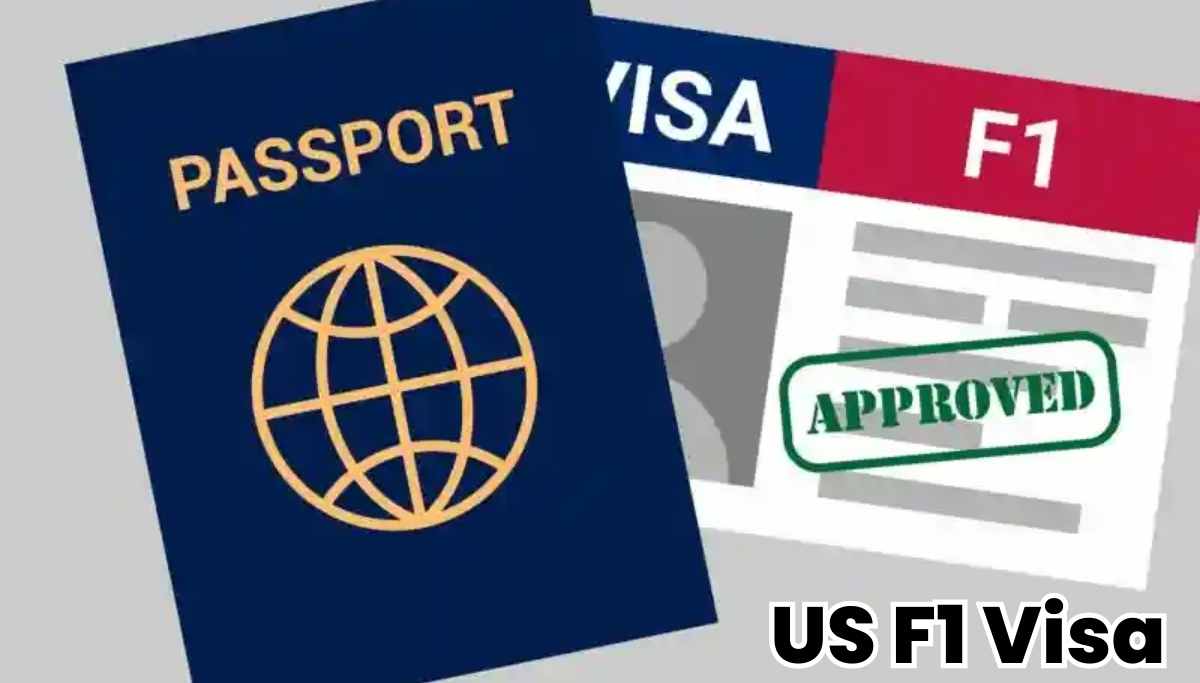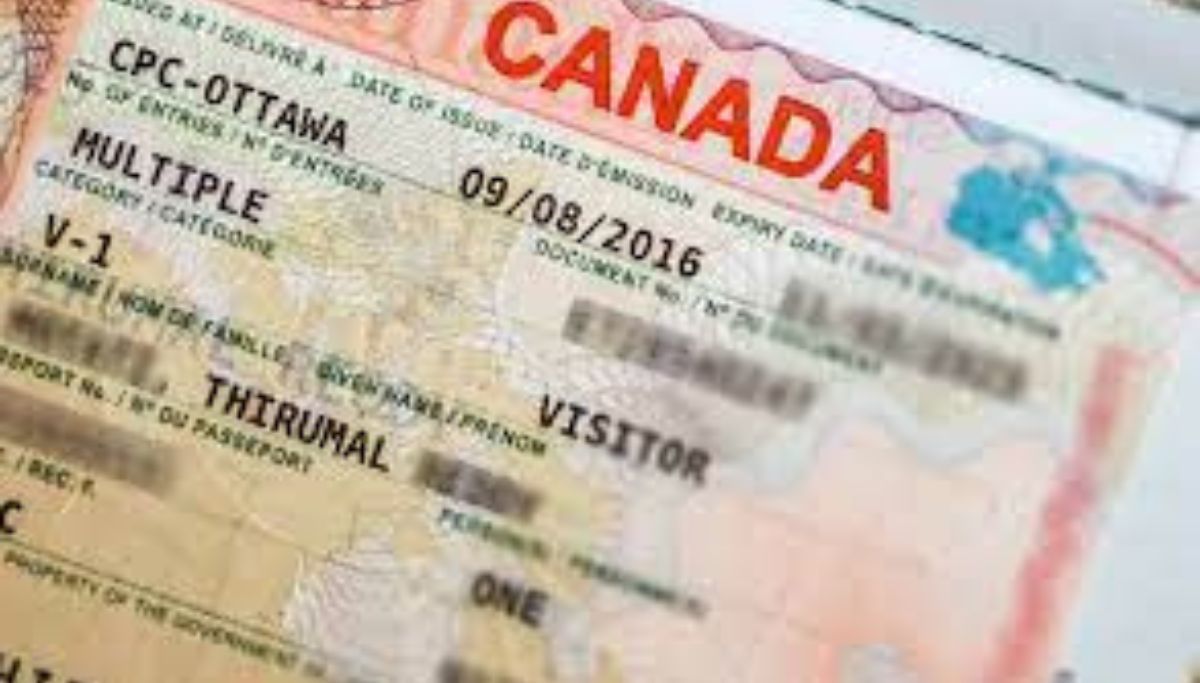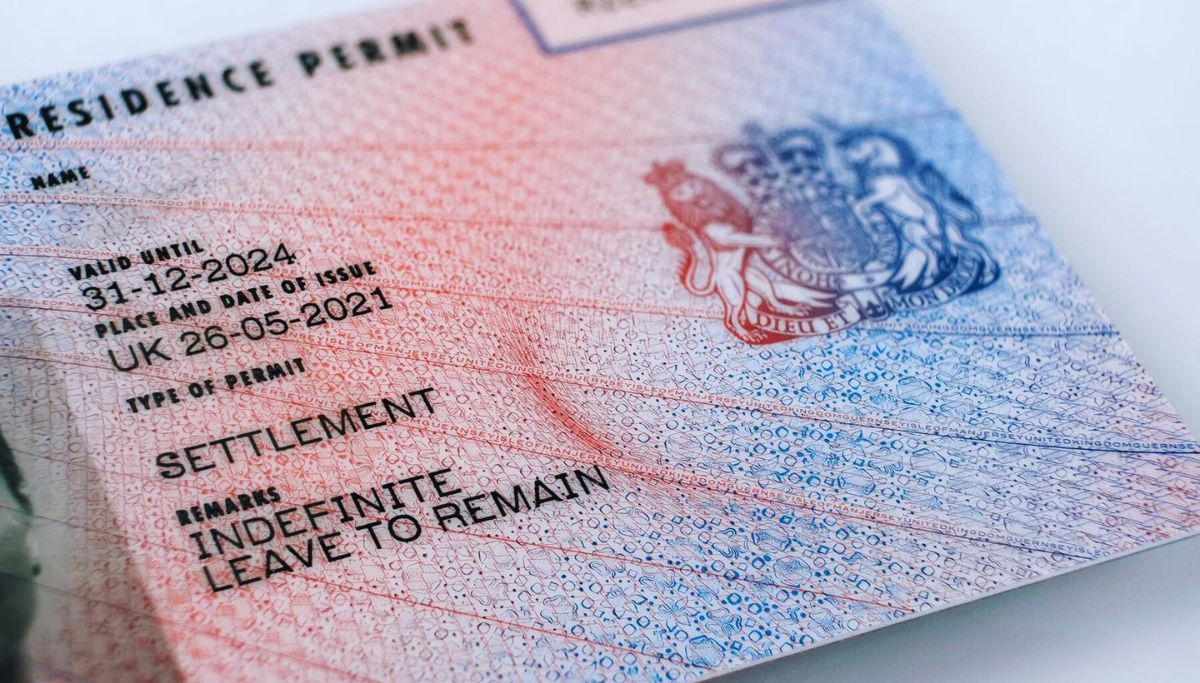Table of Contents
The F1 Visa is a non-immigrant visa that allows international students to pursue academic studies in the United States.
It is one of the most sought-after student visas, enabling students to attend universities, colleges, high schools, language training programs, and other academic institutions.
This comprehensive guide will cover everything you need about the US F1 Visa, including eligibility, application process, requirements, fees, interview tips, and more.
What is the US F1 Visa?
The F1 Visa is issued to non-immigrant students who wish to study full-time in the U.S. at institutions accredited by the Student and Exchange Visitor Program (SEVP). With an F1 visa, students can:
- Stay in the U.S. for the duration of their academic program
- Work under limited conditions (on-campus jobs, OPT, and CPT)
- Travel in and out of the U.S. within the visa validity period
Eligibility Criteria for the F1 Visa
To qualify for an F1 student visa, you must:
- Be accepted into an SEVP-approved U.S. institution
- Enroll as a full-time student
- Demonstrate strong ties to your home country (to prove you intend to return after your studies)
- Show sufficient financial resources to cover tuition and living expenses
- Have proficiency in English or enroll in English-language training programs
Step-by-Step F1 Visa Application Process
Step 1: Get Admission and Receive the Form I-20
Once you receive admission from a U.S. university, the institution will provide you with a Form I-20, which is essential for your visa application. This document confirms your acceptance and details about your study program.
Step 2: Pay the SEVIS Fee (I-901 Fee)
The SEVIS (Student and Exchange Visitor Information System) fee must be paid before applying for the visa.
The cost is $350 and can be paid online via the SEVP website. After payment, keep the receipt, as you will need it for your visa interview.
Step 3: Complete the DS-160 Form
- Visit the U.S. Department of State’s website and fill out Form DS-160.
- Upload a passport-size photo as per U.S. visa specifications.
- After submission, you will receive a DS-160 confirmation page with a barcode.
Step 4: Pay the Visa Application Fee
- The non-refundable visa application fee is $185.
- Payment can be made online or through designated bank locations.
Step 5: Schedule the Visa Appointments
You need to book two appointments:
1. Biometrics Appointment at a Visa Application Center (VAC) for fingerprinting and photograph.
2. Visa Interview Appointment at the U.S. Embassy or Consulate.
Step 6: Attend the Biometrics Appointment
- Visit the designated VAC center on your scheduled date.
- Carry your passport, DS-160 confirmation, and appointment letter.
- Your fingerprints and photograph will be taken.
Step 7: Attend the F1 Visa Interview
- Appear for the interview at the U.S. Embassy or Consulate.
- Carry all required documents.
- Answer questions about your course, university, financial situation, and post-study plans confidently.
Documents Required for F1 Visa Application
Ensure you have the following documents for your visa interview:
- Valid passport (valid for at least six months beyond your intended stay)
- Form I-20 issued by your university
- DS-160 confirmation page
- SEVIS fee paym ent receipt
- Visa application fee receipt
- Passport-size photos as per U.S. visa guidelines
- University acceptance letter
- Academic transcripts and certificates (school/college diplomas, mark sheets, etc.)
- Financial proof (bank statements, sponsor letters, scholarship details, etc.)
- Standardised test scores (GRE, GMAT, TOEFL, IELTS, etc.)
F1 Visa Interview Tips
The visa interview is the most crucial step.
Here are some key tips:
- Be confident and transparent in your answers.
- Know your university and course details thoroughly.
- Show strong ties to your home country to convince the officer you will return after studies.
- Demonstrate financial stability by presenting transparent funding sources.
- Answer honestly and concisely; do not provide unnecessary information.
F1 Visa Processing Time
- The DS-160 processing time is usually 3-5 business days.
- After the interview, the visa decision is typically given immediately or within a few days.
- If approved, the passport with the visa is returned in 5-10 working days.
- Some applications may require additional processing (Administrative Processing), which can take weeks or months.
Working on an F1 Visa
International students on an F1 visa have limited work opportunities:
1. On-Campus Jobs: Allowed up to 20 hours per week during the semester and 40 hours during breaks.
2. Curricular Practical Training (CPT): Allows students to work as part of their curriculum.
3. Optional Practical Training (OPT): Students can work for up to 12 months after graduation (STEM graduates get a 24-month extension).
F1 Visa Renewal and Extension
- The F1 visa is usually valid for the duration of your program.
- You can apply for an I-20 extension through your university if your programme is extended.
- If your visa expires but you are still studying, you can remain in the U.S. as long as your I-20 is valid.
- To travel outside and return, you may need to renew your visa.
F1 Visa Rejection Reasons and How to Avoid Them
Visa applications can be rejected for various reasons, such as:
- Insufficient financial proof → Ensure you have strong funding evidence.
- Weak ties to home country → Show reasons for returning after studies.
- Unclear study plans → Clearly explain why you chose the course and university.
- Lack of confidence in the interview → Practice your answers before the interview.
Final Thoughts
The US F1 Visa is your gateway to studying in the United States, offering immense academic and career growth opportunities.
By following the proper process, preparing thoroughly for the interview, and ensuring you meet all requirements, you can successfully secure your visa and embark on your study abroad journey.
If you need assistance with university applications, scholarships, or visa guidance, UniScholars is here to help!
Our experts provide personalised counselling and end-to-end support for international students.
FAQs
1. Can I work while on an F1 visa?
Yes, but with limitations. You can work on-campus for up to 20 hours per week during the semester and full-time during breaks. Off-campus work is allowed only through CPT or OPT.
2. How long can I stay in the U.S. on an F1 visa?
You can stay for the duration of your academic program plus a 60-day grace period after completion.
3. Can I change my university after getting an F1 visa?
Yes, but you must transfer your SEVIS record to the new institution and obtain a new Form I-20.
4. What happens if my visa application is denied?
You can reapply by addressing the reason for rejection, such as financial proof, interview confidence, or stronger home ties.
5. Can I bring my spouse or children on an F1 visa?
Yes, your spouse and children can apply for an F2 dependent visa, but they cannot work in the U.S.
Thanks for reading this blog; If you want to read more such informative blogs; please check out the links below.










Awesome content and organization on your website dude, very useful to me and everyone.